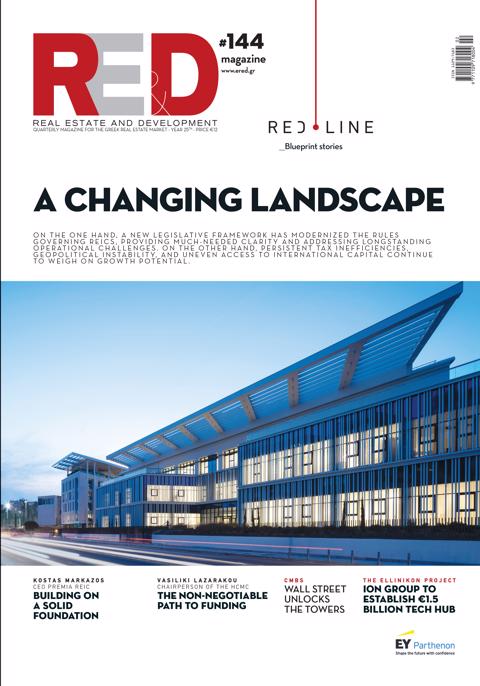Despite their scale, evolving market dynamics have exposed both structural challenges and pockets of resilience within the sector. While multifamily REITs face headwinds, the outlook for specific sub-sectors—most notably single-family rentals—remains constructive, underscoring the strategic importance of asset diversification in an increasingly complex housing environment.
According to NAREIT, the overall residential REIT sector has come under pressure in 2025, with total returns down 1.9% year-to-date and Funds from Operations (FFO) declining 2.7% year-over-year in Q1. These figures largely reflect softness in the apartment segment, which has been grappling with an oversupply following a construction surge through 2022. Although occupancy rates remain high—exceeding 95%—rent growth has stagnated, and rising operating costs have eroded profit margins amid slowing leasing activity.
In contrast, single-family rental REITs have demonstrated resilience, posting a 2.1% return year-to-date. These gains are driven by robust tenant demand, constrained supply, and steady rent increases. Persistently elevated mortgage rates (above 6%) and limited for-sale housing inventory have kept many potential first-time buyers in the rental market, thereby supporting this segment's strong performance.
Manufactured home REITs have exhibited stable but flat performance in 2025, sustained by a large and steady tenant base—approximately 20.6 million Americans lived in manufactured housing in 2024. While growth remains modest, the segment continues to offer defensive characteristics in a turbulent macroeconomic landscape.
Meanwhile, the European residential REIT market has entered 2025 with a sense of cautious optimism. Total listed real estate assets under management are estimated at €140–150 billion, with residential assets comprising approximately 20–25% of that base, or €28–37 billion. Residential REITs across Europe reported a 3.1% annual increase in same-property Net Operating Income (NOI) for 2024, driven by rising average rents. However, operating margins declined slightly to 76.6%, impacted by higher maintenance and insurance costs.
Average rental yields for European residential REITs range between 3.5% and 5%, depending on location and asset quality. Despite rising operational costs and regulatory pressures, the sector continues to attract capital, buoyed by long-term structural demand and a growing emphasis on ESG performance. With investor sentiment gradually improving and fundamentals broadly intact, the residential REIT sector—on both sides of the Atlantic—is poised for continued, though selective, growth.















